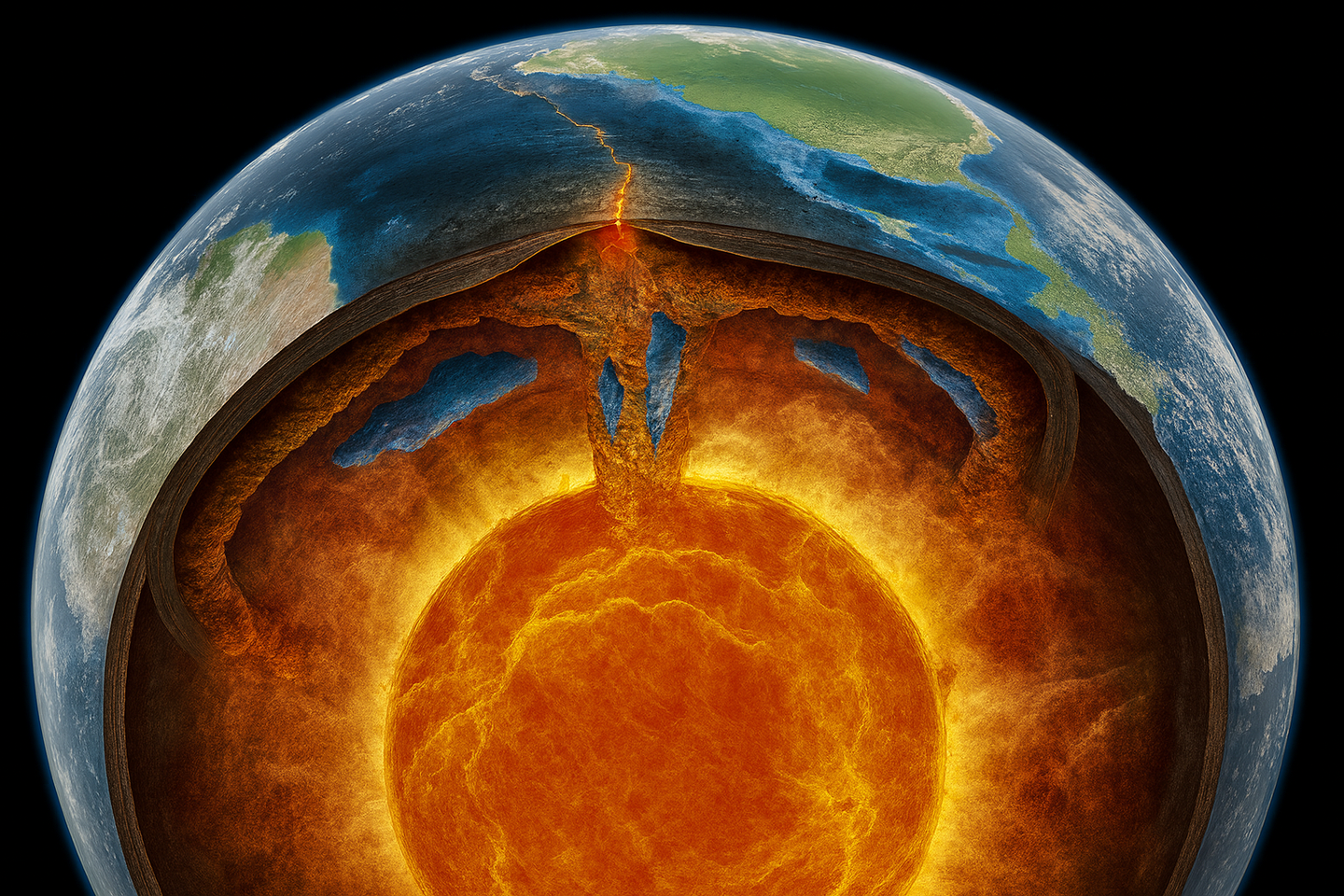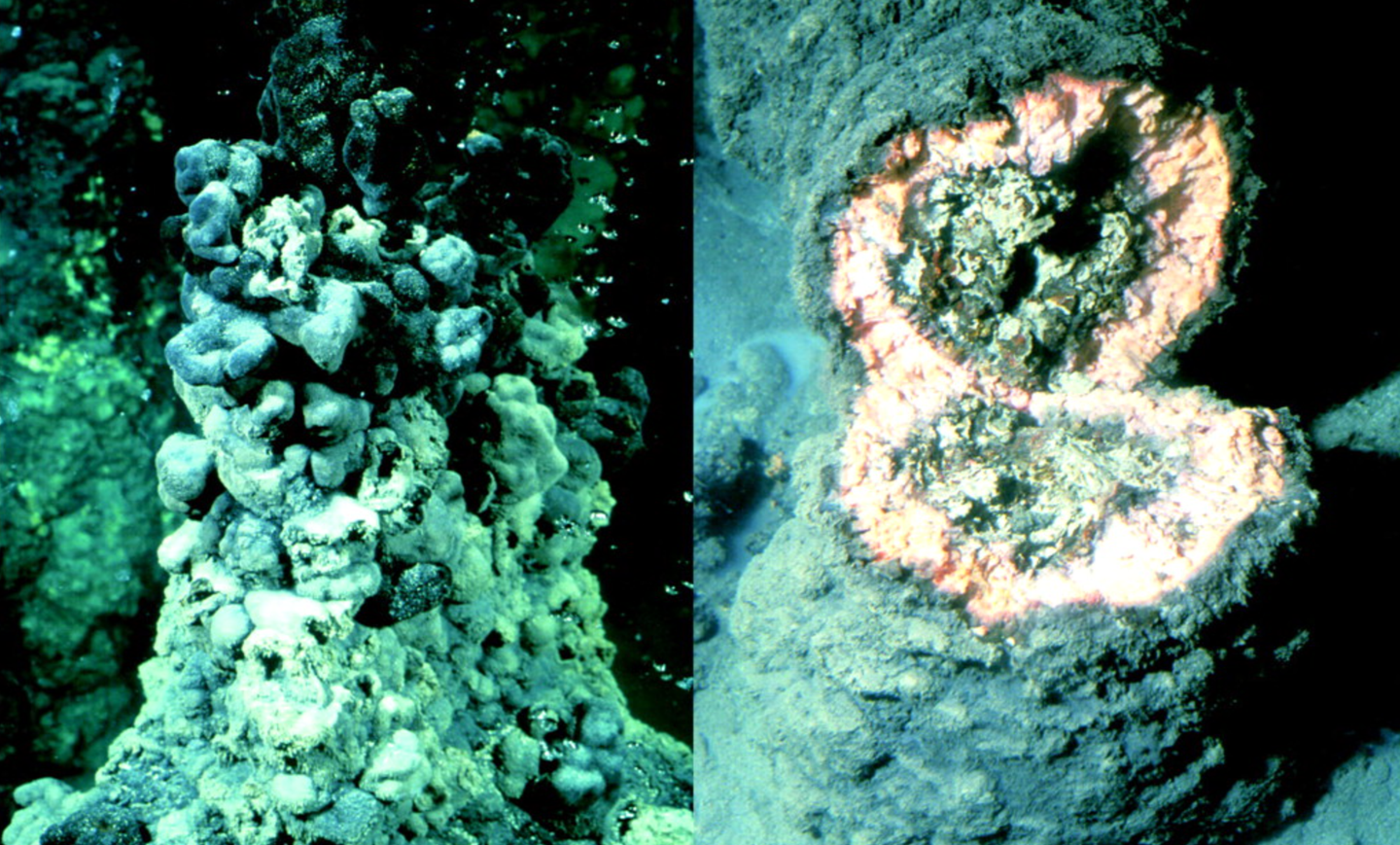Energy extraction can awaken dormant faults causing earthquakes after millions of years
Dormant faults can trigger one strong quake after millions of years of healing, reshaping energy safety planning.
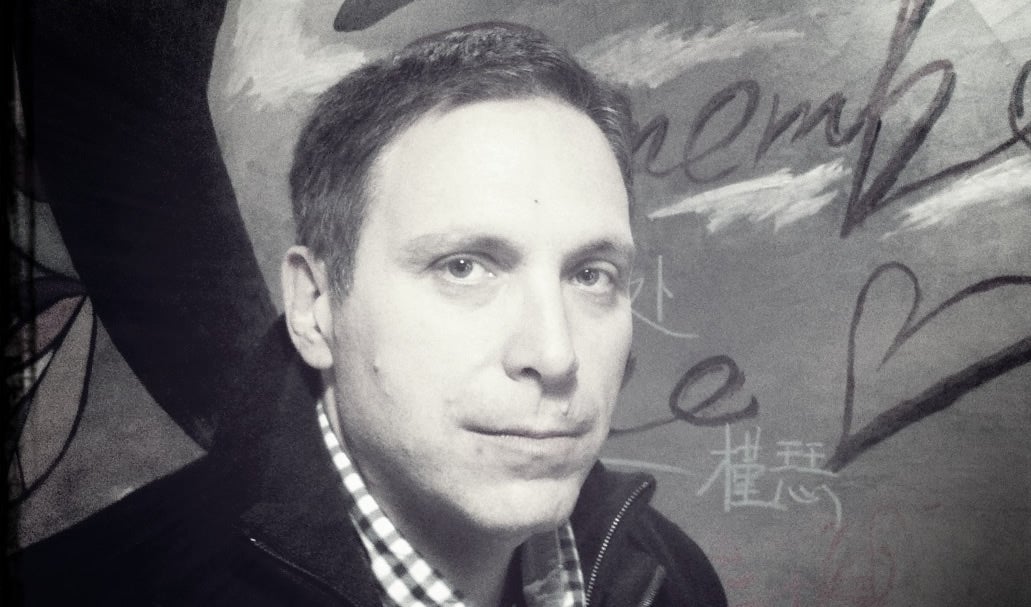
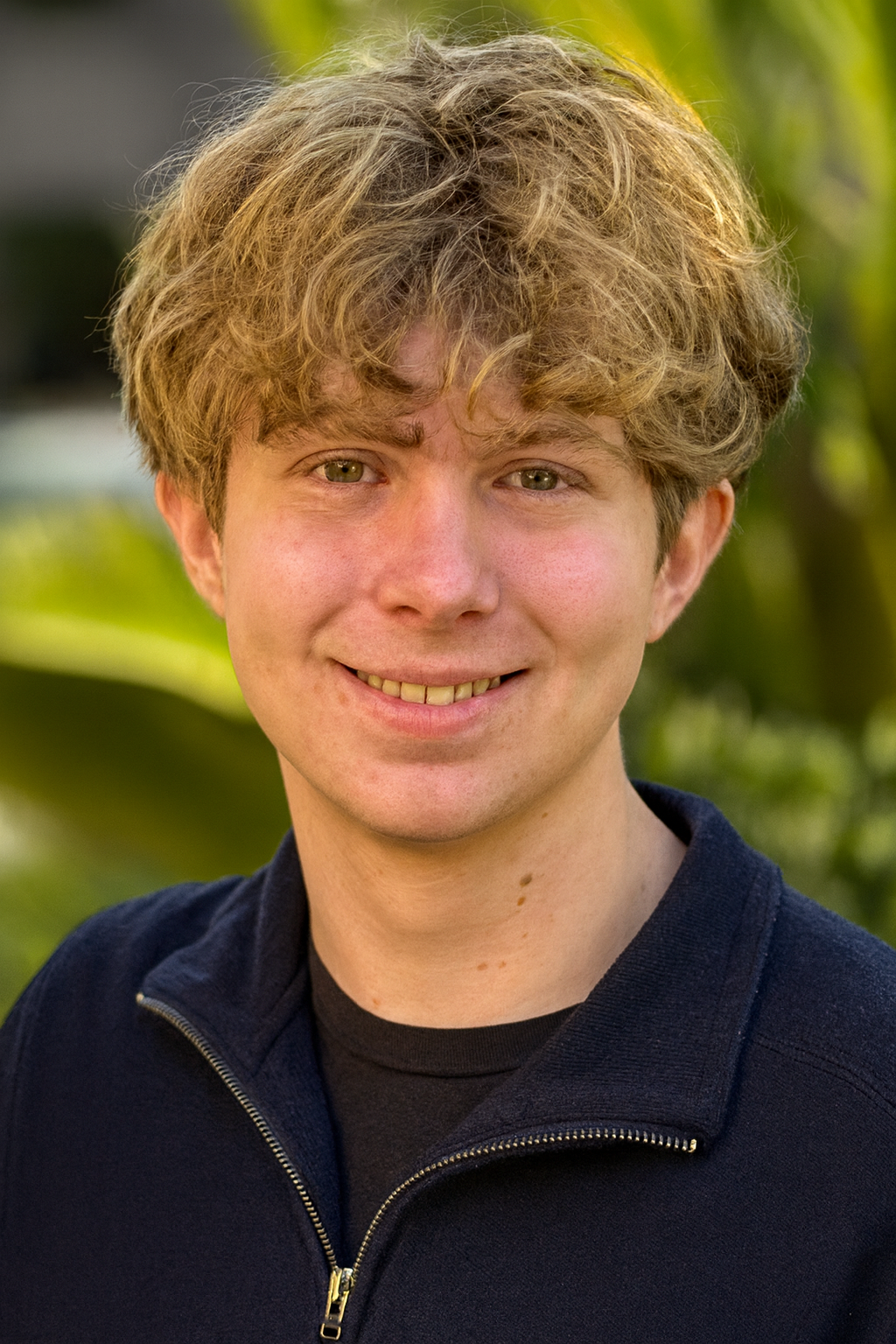 Edited By: Joseph Shavit
Edited By: Joseph Shavit
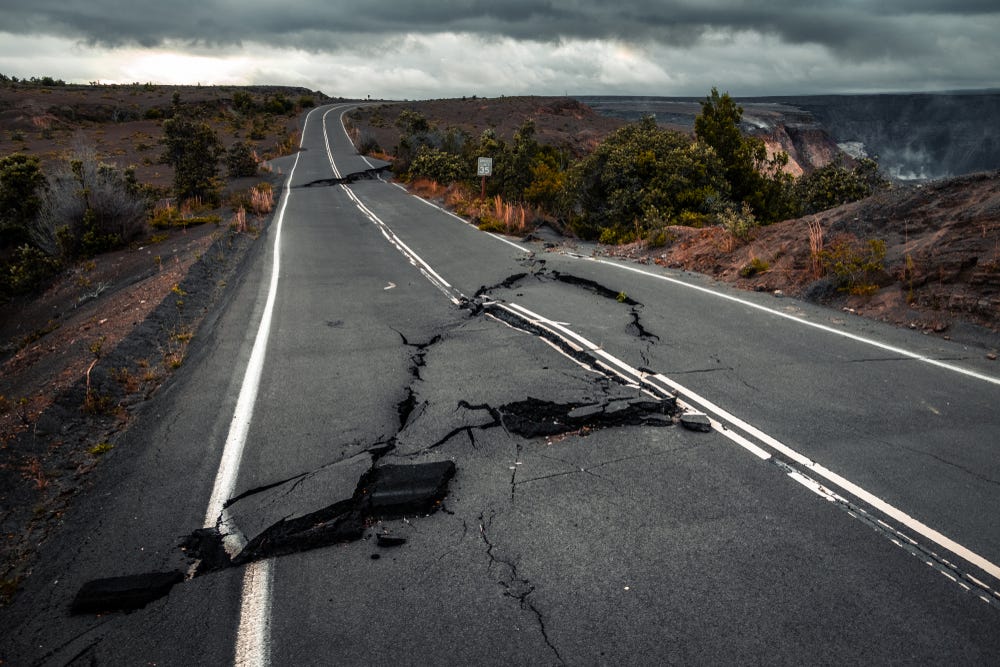
Study reveals that long-dormant faults, once thought too stable to slip, can unleash a single powerful quake when disturbed by human activity. (CREDIT: Shutterstock)
For years, textbooks taught that shallow faults—cracks in the Earth’s upper crust—were too stable to cause earthquakes. Once they began to slip, they supposedly resisted further movement, a property known as “velocity strengthening.” In theory, that meant these faults couldn’t produce major quakes. But in practice, the planet has proved otherwise.
From gas fields in the Netherlands to geothermal sites in France and Utah, human activities like gas extraction and underground fluid injection have triggered tremors in regions once believed to be safe.
A new study from Utrecht University, published in Nature Communications, finally explains why. It turns out these long-dormant faults can store stress for millions of years, quietly “healing” until one powerful event sets them loose.
A Fault’s Long Memory
The study, led by Dr. Ylona van Dinther and her colleagues, explores a paradox that has puzzled scientists for decades: why faults that grow stronger as they move can suddenly fail. The answer lies in “frictional healing,” a process that slowly rebuilds fault strength over geological time.
Even when a fault seems inactive, microscopic surfaces along it continue to bond and strengthen. In laboratory experiments, the longer a fault is held still, the more force is needed to make it slip again. Scaled up to nature, a fault locked for millions of years gains extra grip—about 20 to 25 percent more than its original state.
This built-up strength isn’t dangerous by itself. But when humans disturb the delicate balance—say, by extracting gas and lowering underground pressure—it can push the system past its tipping point. “Although these faults do not move, we still observe a very slow growth of the surface that connects them,” Van Dinther said. “This sort of healing gives rise to additional strength. It’s this extra strength that can cause an acceleration once a fault has been set in motion.”
Modeling the Unexpected
Using advanced computer simulations, the research team modeled how healed faults respond to stress over both geological and operational timescales. They found that even faults once labeled as “velocity strengthening” could produce a full-blown earthquake—if they had enough time to heal.
One simulation was based on the Groningen gas field in the Netherlands, where decades of gas extraction led to unexpected quakes starting in the 1990s. The model predicted a similar delay: after roughly 30 million years of healing, the first earthquake occurred about 35 years after gas production began, mirroring the real-world pattern.
The simulated quake released a stress drop of about 3 megapascals, comparable to the 2012 Huizinge earthquake in Groningen. After that first event, however, the fault stabilized, sliding slowly rather than snapping again.
The One-Quake Rule
Perhaps the most reassuring discovery is that these healed faults usually fail only once. Once the built-up strength is released, the fault tends to slip quietly instead of producing more destructive quakes. “As soon as that extra fault strength finds a way out, the situation becomes stable again,” Van Dinther explained. “As a result, there is no more earthquake activity at that spot.”
That means the first quake in such regions is often the largest and most damaging one possible. Afterward, the same fault behaves more like a flexible seam, reducing the chance of future large events. In complex networks, these slipped segments can even act as natural barriers, blocking the spread of future ruptures.
Lessons for Energy and the Environment
This research has serious implications for the growing number of energy projects that use the Earth’s subsurface. As countries expand geothermal energy, underground hydrogen storage, and carbon capture efforts, many will inevitably interact with faults that have been silent for eons.
Velocity-strengthening faults, once seen as inherently safe, may not be so harmless if they’ve been healing for millions of years. The real risk lies in how quickly humans alter underground stress through industrial operations. Rapid changes—such as pumping or withdrawing large volumes of fluid—can awaken a long-slumbering fault.
The good news is that this risk can be managed. Gradual pressure changes, better fault monitoring, and improved geological mapping can help prevent triggering the first—and only—major quake a healed fault might produce.
Looking Deeper into the Earth’s Behavior
The Utrecht team’s models focus on a single fault plane, but real geology is far more complex. Future work aims to include layered rocks, irregular fault surfaces, and the way fluids move underground. Researchers also hope to explore how chemical reactions and heat affect healing and weakening over time.
Still, the findings mark a breakthrough in understanding induced seismicity. They reveal that what once seemed impossible—a stable fault producing a sudden earthquake—fits neatly into the physics of stress, time, and healing.
Practical Implications of the Research
These results could reshape how engineers, policymakers, and communities approach subsurface projects. Recognizing that “safe” faults can still host a one-time quake helps redefine risk assessments for geothermal energy, carbon storage, and natural gas extraction. It also offers a clearer picture of what to expect: a long quiet phase, a single strong event, then decades of stability.
By mapping healing histories and adjusting how stress is introduced underground, industries can minimize hazards and build public trust in cleaner energy solutions.
Ultimately, this research underscores a simple but powerful truth: the Earth remembers. The longer a fault rests, the more it heals—and the more carefully humanity must tread when waking it.
Research findings are available online in the journal Nature Communications.
Related Stories
- Catastrophic San Andreas earthquake could be triggered by the Cascadia subduction zone
- Global First: Real-time video directly captures how the Earth’s surface moves during an earthquake
- Scientists discover a new type of earthquake and it’s man made
Like these kind of feel good stories? Get The Brighter Side of News' newsletter.
Joshua Shavit
Science & Technology Writer and Editor
Joshua Shavit is a Los Angeles-based science and technology writer with a passion for exploring the breakthroughs shaping the future. As a co-founder of The Brighter Side of News, he focuses on positive and transformative advancements in AI, technology, physics, engineering, robotics and space science. Joshua is currently working towards a Bachelor of Science in Business and Industrial Engineering at the University of California, Berkeley. He combines his academic background with a talent for storytelling, making complex scientific discoveries engaging and accessible. His work highlights the innovators behind the ideas, bringing readers closer to the people driving progress.

